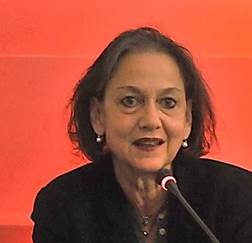The Museum of Modern Greek Culture in Athens, Greece
Conserving a mixed use urban cluster in the historic center of Athens
The project concerns the restoration of an entire building block (defined by Adrianou, Vrissakiou, Kladou and Areos streets) opposite to the Athenian Roman Forum in the historical district of Plaka in Athens, which will house the State Museum of Modern Greek Culture. The building block consists of 13 plus historical structures built around an open courtyard, dating from the late 18th century until the end of the 20th century. Buildings of the late Ottoman period, traditional vernacular town houses and neoclassical buildings compose a unique example of unobstructed continuity in the urban fabric of Athens in close proximity to the Acropolis. Inside the building block there are also excavated parts of the late roman Athenian walls, the church of Saint Thomas (belonging to the Benizelos family), the church of Saint Elyseos (of the Logothetis family) and the mansion of Chomatianos-Logothetis family, dating from the late Ottoman period. The museum’s permanent exhibition will be housed in nine of these buildings, while the rest will comprise other functions such as storage areas, laboratories, temporary exhibitions, offices and seminar rooms. The Museum comprises also tree more buildings opposite to the building block, on Kladou street, the early ottoman Tzisdaraki Mosque on Monastiraki square, the Bath House of the Winds (1453-1669) and a house mansion on Panos street, all in close proximity to the central building block. All buildings have been expropriated by the Greek Ministry of Culture.
The restoration, re-use and enhancement of this heritage site preserves a building complex together with its open and green spaces, while all new additions -mainly for facilitating the accessibility of the new museum- reflect a contemporary architecture design adopting with a critical stance to the historic structures.
The complex is well integrated in the townscape of Athens’ historic center functioning unobtrusively as an element of its historical identity, as a landmark and as a component of its environmental context. For the restoration of the buildings, extensive reconstruction work was carried mainly for accommodating new functions, visitors’ safety and new electro mechanical infrastructure resulting in a considerable loss of the integrity of their structural and construction components.
